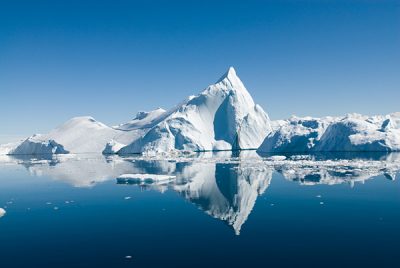One of the most serious consequences of global warming is that the poles are melting. The Arctic and parts of the Antarctic are warming up two to three times faster than the rest of the planet.
The poles function as a kind of freezer for the planet; they cool the Earth by reflecting solar energy back into space due to their white color in a process known scientifically as “albedo.” Thanks to albedo, our planet reflects 30% of solar radiation, and the remaining 70% maintains an ideal temperature for life.
Recently, however, this equilibrium, which has been maintained for the last 10,000 years -a period known as the Holocene- has been broken. The poles are melting and becoming less white, thus reducing their reflective effect.
This is due to pollution, which not only increases the planet’s temperature due to greenhouse gases but also deposits soot on the poles and makes them less white, making them less effective at reflecting the sun’s rays.
Scientists fear that this darkening of the poles has triggered a vicious circle of warming that could be catastrophic, called polar amplification. Once this process is triggered, it is difficult to stop because it would require finding a way to cool the atmosphere, something we currently do not have.
Polar amplification also threatens something else: the climate. The melting poles are creating the extreme weather events that have been occurring with increasing frequency across the Earth.
Thus, the melting poles and the consequent reduction of the Earth’s albedo are causing global warming and affecting the delicate balance of our planet’s climate.
The International Iberoamerican University (UNIB) promotes programs related to this topic, such as:
Source: Why is there concern that the Earth’s poles are becoming less white
Photo: All rights reserved

